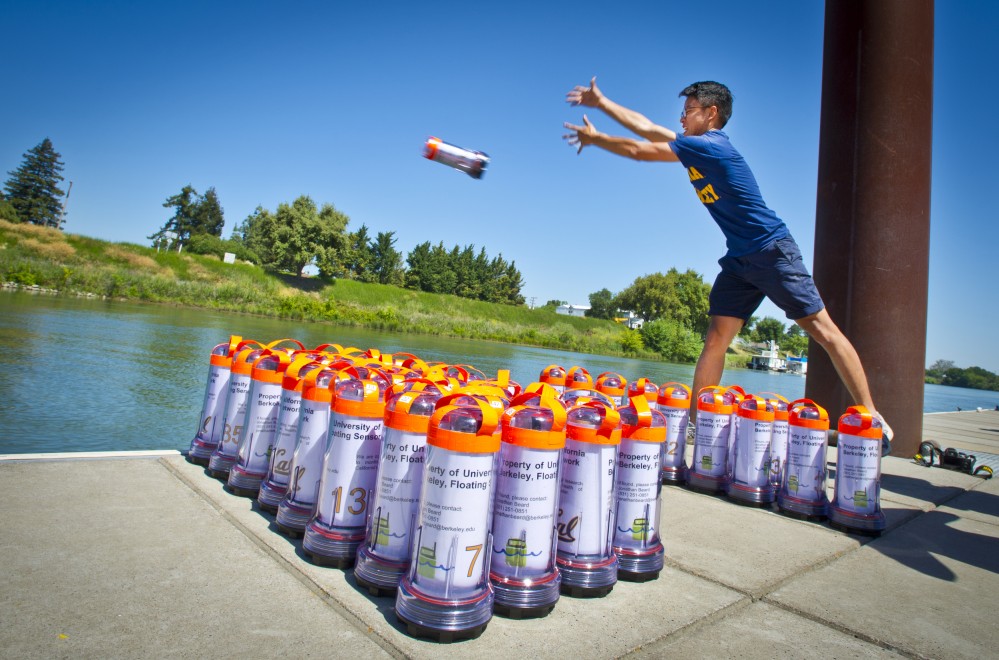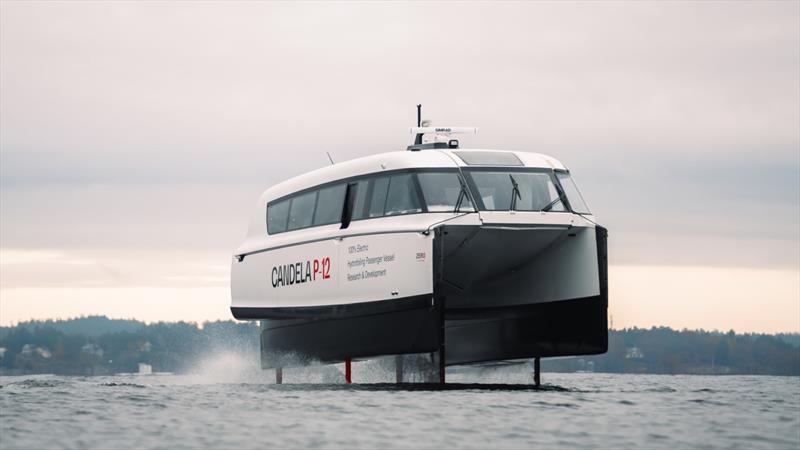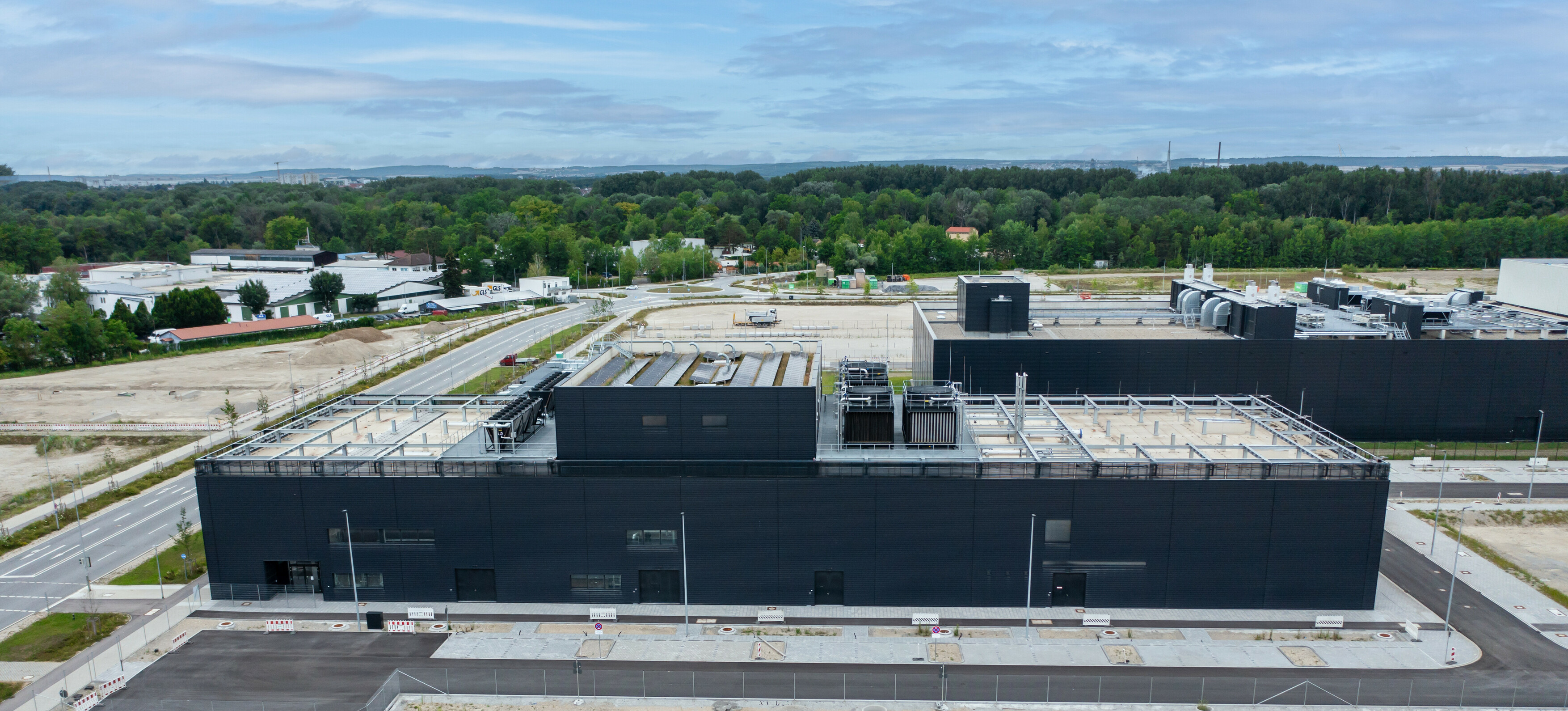The recent suggestion by economics professor Mark Blyth of Brown University that just 10% of the world’s population will need to work to provide all of the goods and services needed by humanity is amazing. But if one tracks the advancements currently being made in robotics, Blyth likely means that 10% of the world’s population will be needed to design, build and maintain robots, while robots will do all the work.
Right now it’s easy to see the end of work for writers, truck drivers, taxi drivers, most physicians, lawyers, politicians, home builders, and more. If universal incomes can be provided to those laid off due to robots, people would be happier going fishing, watching movies, hiking, etc.
Perhaps we are in a period of time when collaborative robots, that is, robots that work with humans, is temporary. Of course, collaborative robots will always be needed in some situations. However, as technology advances, humans can be eliminated from the equation in a majority of circumstances.
Governments Supporting Collaborative Robot Technology
Governments around the world are beginning to pour resources into various types of robotic systems they believe will save money and time. For example, the US Department of Agriculture (USDA) recently provided a one million-dollar grant to the University of California to help improve its collaborative robot technology.
The market for collaborative robot technology is currently growing at an eye-popping 60% compound annual growth rate (CAGR) which is expected to continue through 2022. Many have already seen the use and efficacy of robots in the industrial sector because they cut costs and ensure growth.
One of the more well-known agricultural robot applications is robotic dairies which have been around for over a decade and continue to be on the rise.The following video shows Thorvald II from Saga Robotics, a modular robotic platform for agricultural applications. These robotic platforms will have an increasing number of attachments and software added to them to make them ever more useful and efficient.







